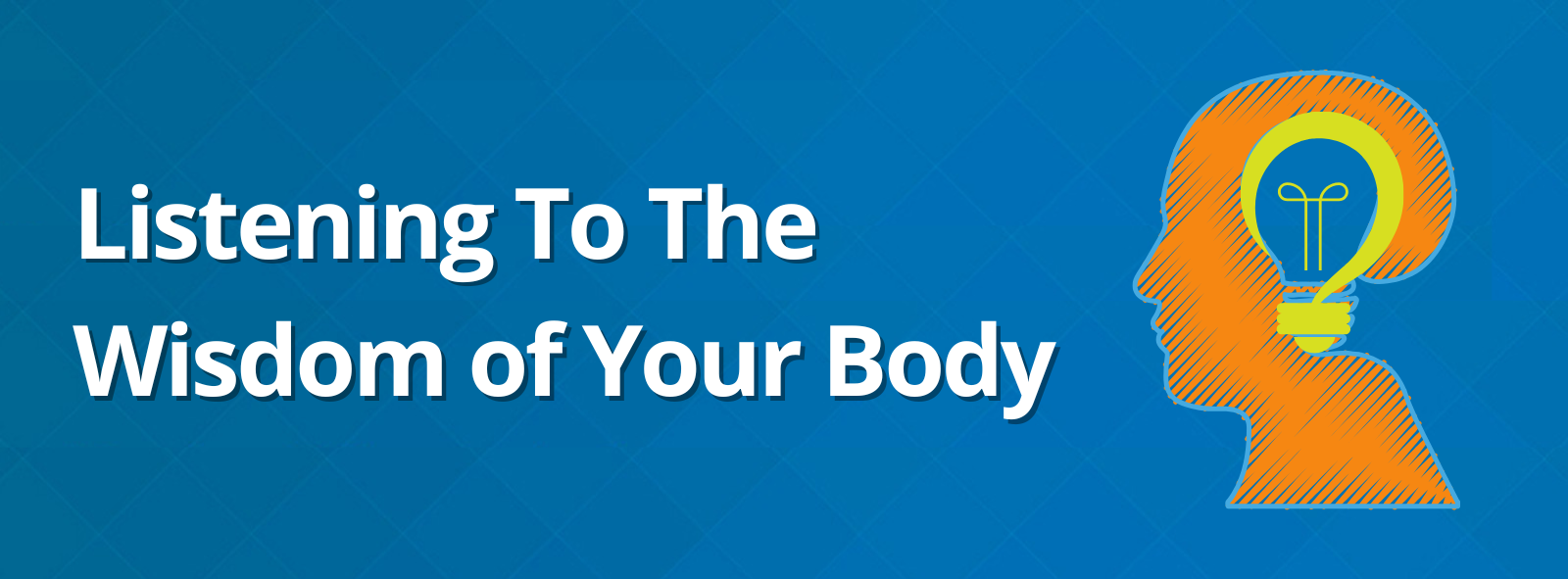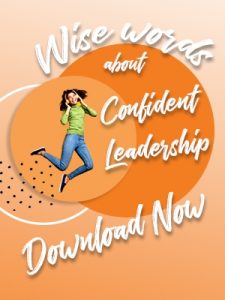80% of the messages from our nervous system travel up from the body to the brain. 20% travel down from the brain to the body[1]
Perceiving these messages within ourselves, and allowing ourselves to experience them is essential to tapping into our full capacities as human beings.
Societally, we have trained ourselves to ignore the messages from the body and focus only on our conscious thoughts. This limits the inputs of sensation, emotion, image, memory and meaning that are necessary for full data decision making processes. The result is that our words, thoughts and behaviours are typically overruled by our unconscious responses. The responses are most frequently physiological reactions to perception of danger, real or imagined. Conversely, when we perceive safety and are attracted to it, this also affects our decision making.
You have probably heard people say “listen to your heart” or “follow your intuition”. You may have felt compelled to take a decision that “feels right”. HeartMath research on stress and the heart, showed that the heart’s electrical field is 60 times greater than the brain’s electrical field. Dr. Childre discovered that heart patterns of communication involve “human, energetic, electromagnetic, neurochemical, biophysical, and hormonal information” that are essential to health. To remember this, Thomas Cramer’s quote: “what the heart loves, the will chooses and the mind justifies” can revolutionize how we understand ourselves and others.
We are affected by perceptions of both danger – fear – and safety – love. The body senses before the mind is aware. You may also have felt this as a “gut” reaction. The gut reaction comes from vagal fibres moving from the brain stem both up and down the body with a large percentage of them in the intestinal wall. Another body area with a lot of vagal fibres is the face and neck. In order to relate to others we need the nerve endings in the facial muscles, eyes, ears and throat to coordinate expressively. Most of the perception of safety or danger in mammals comes from looking at the head and face, listening to the tone of the voice and responding to widening or narrowing of the eyes.

So what does this mean and why do I care?
Personally, I did not notice any of these body messages for most of my life. Without being aware of it, I was held hostage to my reactions of fear and love. Danger and safety. This not only impacted my relationships with my family, colleagues and students, it affected my health. I developed a host of costly physical issues that likely could have been averted, or greatly reduced had I known how to listen to my body.
My own journey to somatic awareness (listening to the body) is an ongoing daily process. Additionally, from my work with coaching clients, training of managers and just being alive, I have realized that this separation of body from thought is a common problem for most people. This inner disconnect causes us to perceive the world through the lens of our own safety and danger body reactions, and then to project it onto others. Projecting our own understandings on others causes a lot of pain, unhappiness and misunderstanding. On the flip side, paying attention to the messages we receive in the body not only improves thinking, but helps us to be healthier and to connect more effectively with others.
So how can you start your own process of “body listening”?
Slow down.
Slow the body, slow the breath, slow the mind. The slowing process integrates and heals. But this is difficult for most people to do. Because we are so over-wired to react, even saying “slow down” can cause anxiety in people’s nervous systems. In the body’s most primitive responses, action feels like staying alive. Stillness feels like moving towards death. The paradox is that when we are still during sleep, our body is healing. When we are still and safe in the arms of a loved one, hugging a child or cuddling an animal, our body is producing well-being hormones. When we slow down to think comprehensively about something, we have a feeling of satisfaction and accomplishment. So to learn to slow down means training the nervous system to remember more and more glimmers of safety until we can feel slowing down as a natural response rather than as anxiety.
Practically this can look like closing your eyes and tuning into your body for a few seconds. It can feel like taking in a beautiful nature scene and allowing it to fill us up. It can be a breath that resets our bodies and minds at the same time. It can be a moment of appreciation and gratitude. People often refer to these processes as mindfulness practice. I think a better term would be perceptiveness practice. As we perceive ourselves and our environments in moments of stillness, we increase our ability to stay with a sensation or emotion until it completes its own stress cycle. This promotes acceptance and attunement. We get stronger intuition, better ideas, more fully formed action plans. But it doesn’t happen in a hurry. It happens in stillness.

When I explain this to people they often say “I don’t have time for stillness”. “I don’t have time to tune in to my emotions.” They say “What if my emotions take over and I’m just a hot mess?” According to Dr. Jill Bolte Taylor, once you know what to do, the amount of time required to process an emotion when you simply allow yourself to experience it, is – get this – 90 seconds. That’s it! 90 seconds to allow a full emotional stress cycle to complete and release. So do you have time to repair all the broken relationships and health problems that come from lack of stillness? Or would you rather spend 90 seconds once or twice a day and not have those unnecessarily disruptive issues to begin with?
My own inner stillness opens me up to awareness of others. As I learn to recognize my own signs of safety and danger, I begin to notice the signs of safety and danger that other people’s bodies are communicating. This is essential to reading both my inner reality and theirs instead of projecting my perceptions onto them. As I notice my own nervous system responding to the other person, I can apply the necessary stillness practice to stay present and hold that space for them to be present. This is a deeply satisfying experience. It feels like both a heart and a soul connection. And it becomes more and more a state of being, allowing us to experience what is and make appropriate decisions.
Conclusion
In conclusion, the body has a lot of messages that it is communicating to us via the nervous system 24/7. As we start to pay attention to them through moments of stillness, we experience more happiness, health and ability to relate effectively with others.
If you would like to learn how to do this, watch “my morning routine” video or give yourself the gift of a 30 minute zoom call with me to practice one of the techniques!
About the Author
Marie Gervais, PhD, CEO, Shift Management Inc. specializes in helping employers train their middle and senior managers to lead, get their workplace learning online and interactive, and coach for emotionally regulated performance. She has a background in integrating and managing the diverse workforce and in creating culturally responsive curriculum courses and programs for industry. Marie’s book, “The Spirit of Work: Timeless Wisdom, Current Realities” to understand the deeper processes behind workplace issues and find inroads into creating healthy and vibrant organizations is available on Amazon and other online book stores. Her podcast, “Culture and Leadership Connections” features interview and leadership tips through an intercultural lens, that help employers and employees alike be better people at work.








